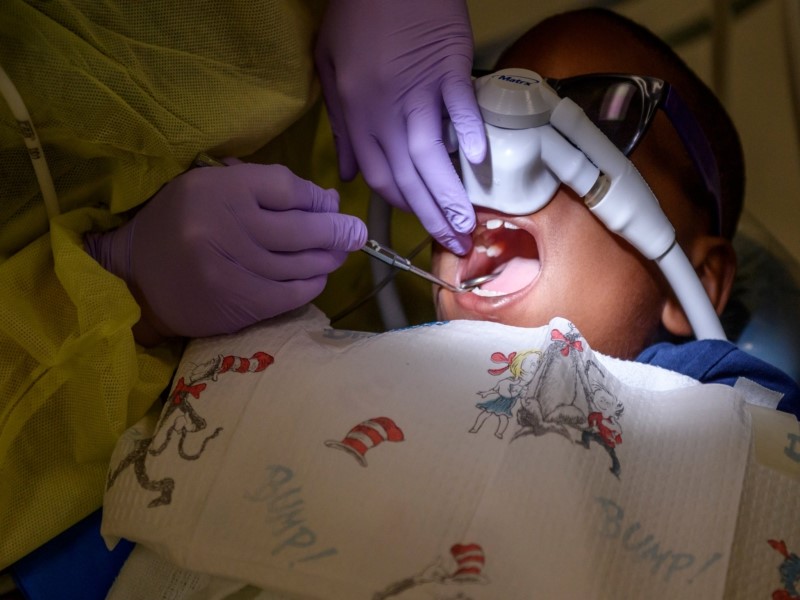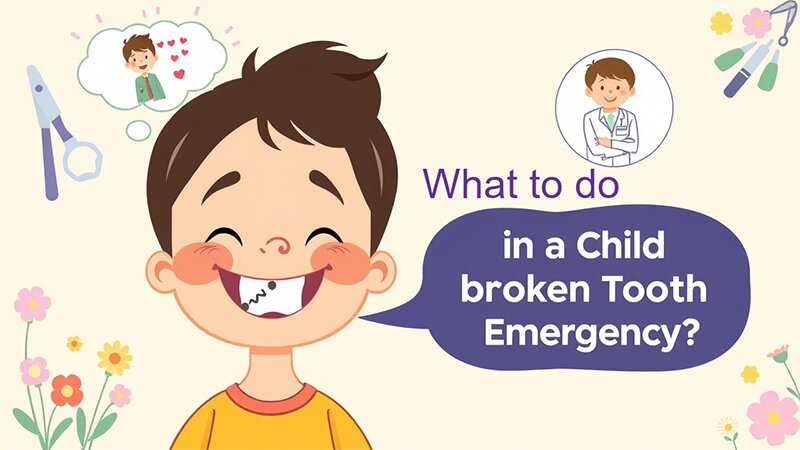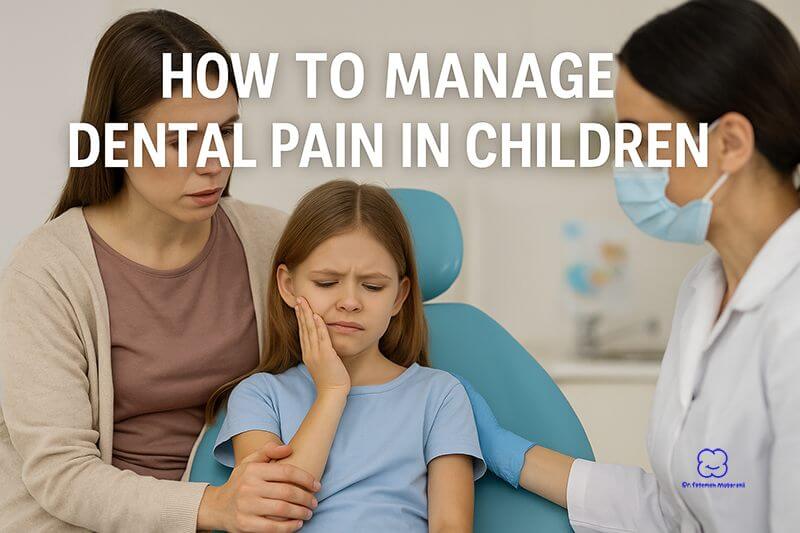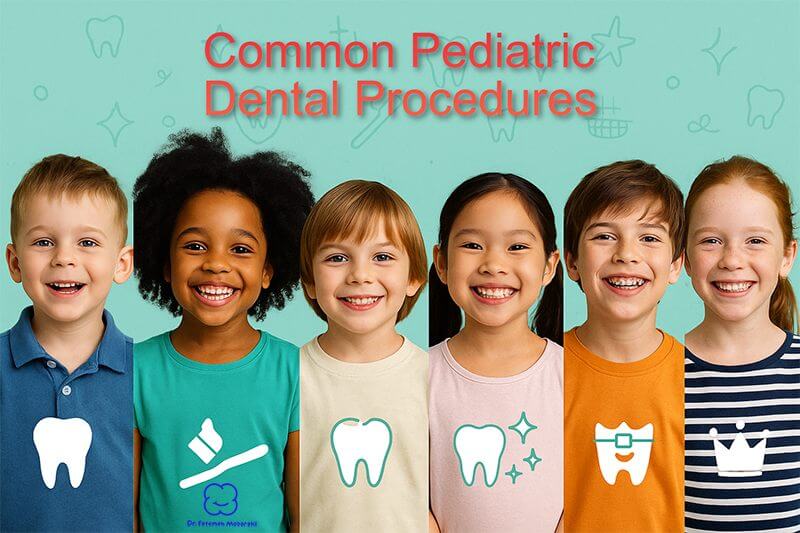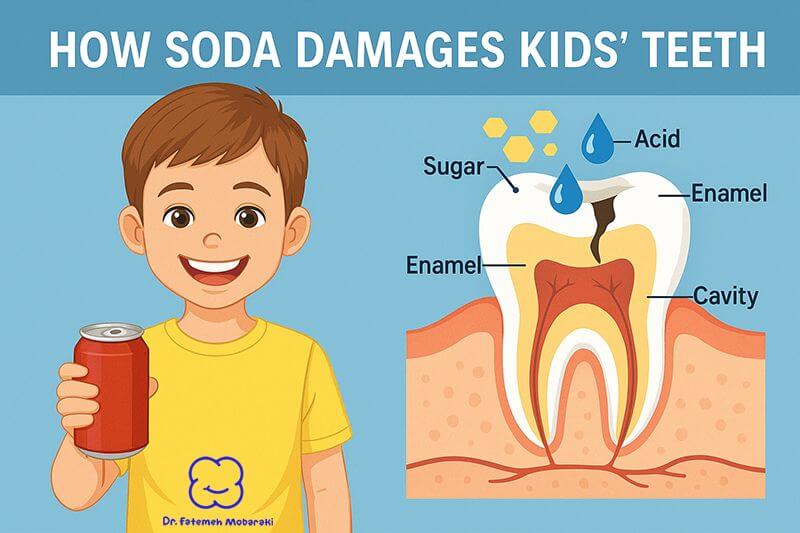Pediatric Dentist with Sedation
As a parent, it’s important to find a pediatric dentist with sedation that provides excellent dental care while also making sure your little one feels at ease during their appointment. For children who may experience fear and unease or require additional dental procedures, sedation dentistry could be the solution. Pediatric dentists who offer this service have received specialized training and expertise in administering sedatives to young patients; it ensures they receive essential treatment while remaining calm, secure, and protected.
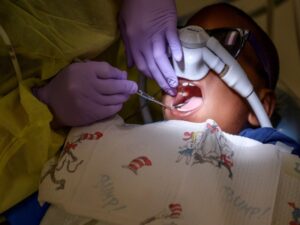
What Is Pediatric Dentistry with Sedation
Pediatric dentistry with sedation is a specific type of dental treatment that incorporates mild sedative drugs to assist children in becoming calm and stationary during their dental procedures. It is typically suggested for younger or apprehensive children who find it difficult to withstand local anesthesia during treatments.
Depending on the child’s medical history, level of anxiety, and age, oral, intranasal, or intravenous sedatives can be administered. The purpose of visiting a pediatric dentist with sedation is to render effective and secure dental care while decreasing any unease or discomfort that may affect the child.
Levels of Sedation
Here are the common levels of sedation:
Minimal Sedation
The method of minimal sedation entails the administration of nitrous oxide, more commonly known as laughing gas. This is accomplished through a mask placed over the child’s nose, allowing them to inhale oxygen mixed with the gas. Throughout the process, the child remains awake and conscious while also feeling at ease and able to comply with requests given by dental professionals.
Moderate Sedation
This involves the use of oral medications like Valium or Halcion. These medications are administered to the child prior to the procedure. As a result, the child may experience drowsiness and might have slurred speech but remains capable of following instructions.
Deep Sedation
This method involves the use of intravenous (IV) medications, such as propofol or midazolam, to achieve a state of almost unconsciousness in the child. At this level, the child may have difficulty responding to instructions effectively. It is crucial to closely monitor the child’s breathing and heart rate during deep sedation in order to ensure their safety.
While pediatric dentists with sedation can provide much-needed calm for children during procedures, it’s crucial to acknowledge the associated dangers. To ensure the best outcome, it’s critical to enlist the aid of a trained pediatric dentist who specializes in sedation dentistry and to follow pediatric dental sedation guidelines faithfully.
Different Methods of Sedation
A pediatric dentist may use one of the below methods depending on the children’s condition:
Inhalation Sedation
Administered via a mask, inhalation sedation uses nitrous oxide, a gentle sedative that can aid in easing children’s discomfort during dental treatments. Its effects materialize swiftly, allowing the child to stay awake and attentive, albeit with some moments of lethargy or giddiness. Inhalation sedation is a dependable method that does not come with any harm, nor does it linger in the body post-procedure, so the child can carry on with their regular routine straight away.
Oral Sedation
To help calm nervous or scared children prior to a dentist visit, oral sedation is often prescribed by a pediatric dentist with sedation. This method entails administering a medication, usually a benzodiazepine like Halcion or Valium, by mouth beforehand. Nonetheless, this method has been proven useful in reducing anxiety and facilitating dental procedures.
IV Sedation
The administration of IV sedation is a widely accepted technique for inducing deeper levels of relaxation during dental procedures for children. This method involves the introduction of sedatives through a vein located in the child’s arm or hand and it takes effect almost instantaneously.
Sedation Dentistry Benefits
Is it safe to sedate a child for dental work? In fact, visiting a pediatric dentist with sedation can come with many benefits some of which are explained below:
Reduced Stress
Children who may be anxious or afraid of dental operations can benefit from sedation dentistry in reducing their worry and fear. Both the child and the parent may find the experience less stressful if it makes them feel more at ease during the operation.
Enhanced Cooperativeness
Children who are scared or worried may find it more difficult to cooperate during dental operations. Children who receive sedation dentistry may feel more at peace, which may make it simpler for them to remain still and adhere to the dentist’s instructions.
Pain Management
Dental operations like root canals and tooth extractions can be uncomfortable. Pediatric dentists with sedation can lessen the child’s pain and discomfort during the process, making it more bearable for them.
Time-Saving
Sedation dentistry enables the dentist to complete several operations in a single appointment, which can shorten treatment times and the number of follow-up visits.
Sedation Dentistry Side Effects
Although sedation dentistry is largely risk-free, there are some possible negative effects and hazards. Depending on the type of sedation used, the child’s age and general health, as well as other factors, the child sedation dentistry side effects, and dangers may differ. The followings are some typical negative effects and dangers of sedation dentistry:
Nausea and Diarrhoea
Common adverse effects of sedation, particularly with general anesthesia or profound sedation, include nausea and vomiting. After the procedure, children could feel queasy or vomit, although this normally passes on its own.
Sleepiness
Children may need to rest or sleep for several hours following the surgery since sedation might make them sleepy or groggy.
Breathing Problems
Sedation, especially severe sedation or general anesthesia, might influence the child’s breathing. To guarantee the child’s safety, the pediatric dentist with sedation will continuously monitor the child’s respiration and oxygen levels throughout the procedure.
Cardiovascular Issues
Sedation can, in rare instances, result in cardiovascular issues like low blood pressure or irregular heartbeats.
Postoperative Confusion
Children who have been sedated may experience confusion or disorientation. The majority of the time, this goes away on its own, but it’s crucial for parents to keep an eye on their kids and adhere to the pediatric dentist’s postoperative care guidelines.

Conclusion
In conclusion, pediatric dentists with sedation can help children feel more at ease and relaxed during dental treatments, reducing anxiety for both the kid and the parent. Pediatric dentists that offer this service can help. To reduce the hazards connected with sedation, it’s crucial to work with a qualified and experienced pediatric dentist and pay close attention to their instructions. Parents can help to protect their child’s oral health and general well-being by locating a pediatric dentist who can offer high-quality dental care and sedation.

